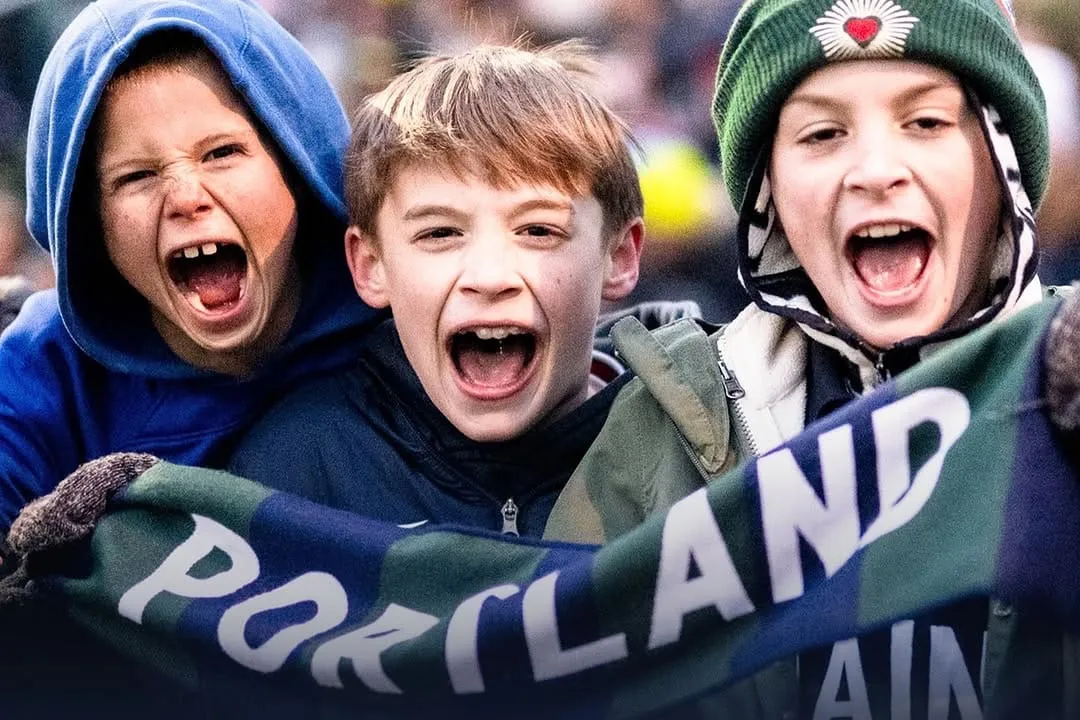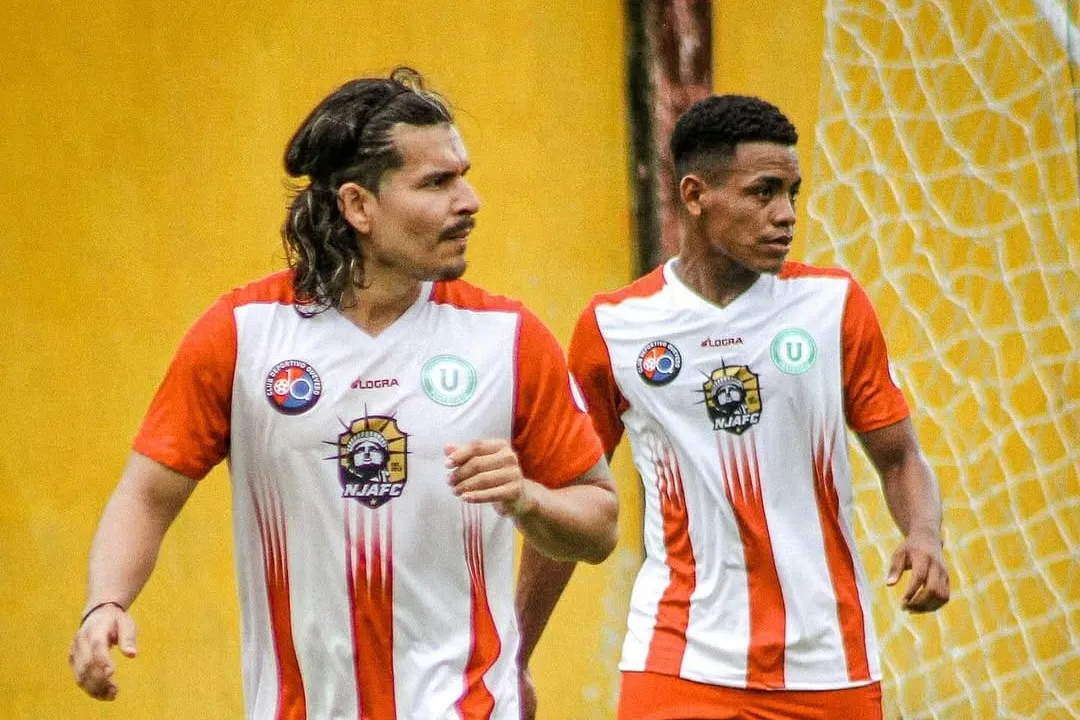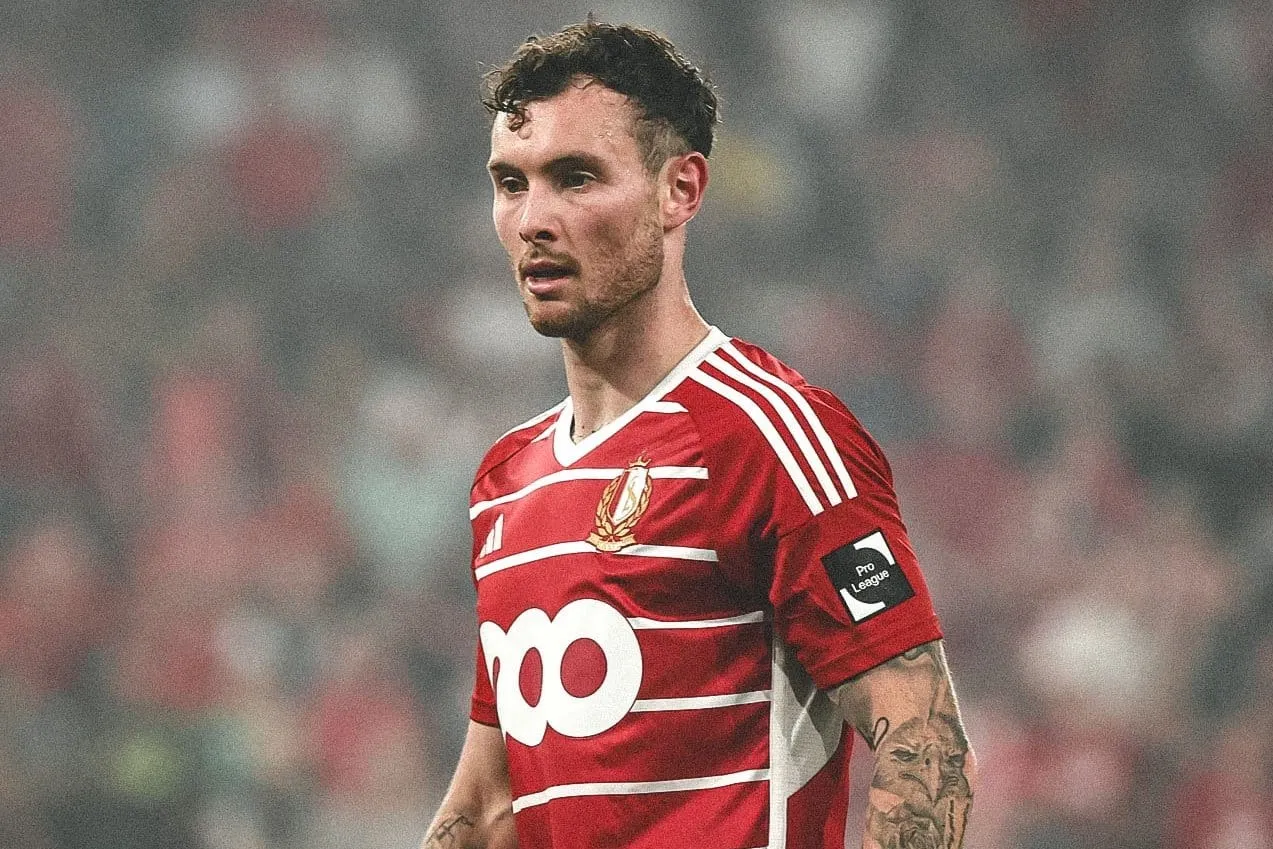The United Soccer League (USL) announced earlier this week that the second edition of the USL Cup, officially known as the Jägermeister Cup for sponsorship reasons, is expanding for its second edition in 2025. The competition will include all 38 teams from the USL Championship (on the second tier of the US soccer pyramid) and USL League One (on the third tier). The World Cup-style tournament is, according to USL, the first time a U.S. soccer league has established its own inter-league cup between two professional divisions. Each team will be paying for a grand prize of $100,000.
The growth of the tournament now means the Tri-State area will get in on the action, with the Hartford Athletic and first-year Westchester SC set to make their debuts. In fact, due to a mix of tournament expansion and team launches, this is the first time teams from above the Mason–Dixon line will take part.
Brooklyn FC would also have made its debut with this group, however, the side recently announced it was postponing its USLC men’s team launch to 2026. That isn’t the only hiccup. Questions still surround the young tournament as the previous year’s winner is currently suing the USL, alleging the $100,000 purse was never paid to them.

Distilling the Cup
Last year, the USL saw the first edition of the USL Cup, which was a separate competition from the regular season, for teams only in USL League One. While fans were initially disappointed that the tournament didn’t include teams from USL Championship or USL League Two, further announcements like a naming rights deal with German liquor brand Jägermeister quickly made up for it. While not directly announced, the ongoing lawsuit mentioned above revealed the deal was worth $300,000 per year for naming rights, with $100,000 going to the champion.
Running intermittently between April and September 2024, the Cup saw clubs in League One separated into three groups. Teams played the other three teams in their group twice, home and away, plus an additional two games against two teams in other groups. The top team from each group, plus the team with the most goals scored that did not win their group, advanced to the knockout round.
The competition is run according to a mix of World Cup and Leagues Cup rules. If a game is tied at the end of regulation, extra time is skipped and a penalty kick shootout decides the winner. That includes both the group stage and knockout rounds. A regulation win is worth three points, a shootout win is worth two points, and a shootout loss is worth one point.
The first edition of the tournament saw Northern Colorado Hailstorm FC beat Forward Madison FC in the final via penalty kick shootout to take home the cup — although the $100,000 purse is still in dispute.
Who gets a shot?
This year, the format is going to be nearly the same. More groups and an expanded knockout format, with no cross-group play in the group stage.
The competition will once again see teams separated into groups. All 38 professional men’s clubs from the USL (24 Championship, 14 League One) will be divided into six groups, two with seven teams and four with six teams. Each group contains at least two teams from USL League One. Each team will play one another twice, once at home and once away.
The top team from each group, along with the two teams that scored the most goals that didn’t finish first, will advance to the single-elimination knockout rounds.
For readers of Hudson River Blue, Group 4 is the one to watch. The six-team group includes two clubs that are a train ride away, two teams from New England, and two powerhouse sides etched into US Soccer lore.
• Westchester SC (Westchester County, NY)
A first-year USL League One side playing out of Mount Vernon, NY. The organization's ownership group includes current New York Jets quarterback Tyrod Taylor, and former Jamaica National team and Major League Soccer defender Kemar Lawrence was announced as the team’s first signing earlier this week in a return to the NYC area.
• Hartford Athletic (Hartford, CT)
The USL Championship side from The Nutmeg State. The team is in year two of an overhaul, which included signing former Sporting CP goalkeeper Renan Ribeiro. Last year, New York City FC II knocked Athletic out of the U.S. Open Cup in the Third Round.
• Rhode Island FC (Pawtucket, RI)
RIFC joined the league this year and went on to set a USL Championship record with 15 draws. They became the first expansion side to reach the national final, which they lost last month to Colorado Springs Switchbacks FC. The team features former New York City FC defender Stephen Turnbull, who will be returning to the squad in 2025.
• Portland Hearts of Pine (Portland, ME)
Another first-year USL League One side. Hearts have a lot of hype behind them with a League One-record 96% of its season ticket deposits purchased. No players have been announced as of yet, but the team has announced former St. Louis City 2 coach Bobby Murphy as their head coach and recently unveiled its first-ever kit.
• Pittsburgh Riverhounds SC (Pittsburgh, PA)
One of the oldest operating non-Division 1 professional teams in the United States. The Hounds are coming off winning the USL Championship Regular Season in 2024, when head coach Bob Lilley earned his 400th professional win. Highmark Stadium along the edge of the Monongahela River is one of the best soccer stadiums in the country in terms of view and atmosphere. That, and the team being pretty good, helped the Hounds average the eighth-highest attendance in USLC last year (5.048 per game).
Detroit City FC (Detroit, MI)
One of American soccer’s success stories, DCFC’s rise from amateur darlings to professional powerhouse is well documented. The team has a rabid fanbase that regularly fills the friendly confines of Keyworth Stadium in Hamtramck, MI, enough to have the seventh-highest average attendance in the league last year (6.281 per game). City is also no stranger to inter-league competitions, having beat Major League Soccer sides in the US Open Cup on multiple occasions including this past year against defending champions Houston Dynamo FC.
In other words, The Stadium at Memorial Field in Mount Vernon will host major matches against the likes of Hartford and Rhode Island. On the flip side, Westchester will be playing tournament games on the road in Highmark and Keyworth.
Two–for-One: A Cup that flirts with Pro/Rel
There are two ways to look at the USL Cup and what it represents for the United Soccer League going forward. One, it's a way for teams to play important non-league games outside of the US Open Cup. Two, it hints towards USL’s potential implementation of promotion and relegation.
To the first point, many inside the USL have known for a long time that the US Open Cup is a flawed but necessary competition. Players, executives, and owners know the tournament represented a way for them to be on a larger stage and potentially play against the best of the best in the U.S. Soccer system - ie Major League Soccer teams. Those games came with expanded exposure, increased revenue (especially if hosting), and long-term benefits that hopefully outweighed the cost of getting there.
However, it's clear some in MLS don’t see the value of a competition that includes teams on different tiers of the US soccer pyramid. The league’s attempt to leave the Open Cup last year, and continued complaints from USSF Board Member and MLS Commissioner Don Garber, have been reminders that a tournament like this one isn’t a right, it's a privilege. USL making its own competition and finding a title sponsor, something the USOC hasn’t got, is a means to become self-sustaining in that right.
This is also to say the lack of a US Open Cup for two years between 2020 and 2021 due to COVID demonstrated a need to have other meaningful competitions. USL was not the first professional league to delve into this type of competition. The National Independent Soccer Association (NISA) launched the NISA Independent Cup in 2020, a series of group competitions pitting amateur sides against one another and professional teams from the third division league for prize money.
On the other side, USL is using the competition to gauge the potential implementation of promotion and relegation.
In July 2023, The Athletic reported that USL was heading towards a vote at its annual Board of Governors meeting to “confirm whether ownership at the leagues’ clubs has enough collective interest” in Pro/Rel. A month later, the vote was tabled until an undefined later date.

The league hasn’t been shy in dangling the Pro/Rel carrot, going so far as to call the inaugural USL Cup a way to “lay the foundation for potential future competition innovations such as promotion and relegation”. For its part, USL has continued to try and stabilize what has historically been a volatile soccer ecosystem.
To be blunt, it's been hit and miss. Ahead of the 2024 season, USL signed a landmark broadcasting deal with CBS to broadcast league matches on the company’s family of networks and services (CBS Television Network, Paramount+, CBS Sports Network, and CBS Sports Golazo Network). That paid off, with the USL Championship Final between Colorado Springs and Rhode Island drawing 431,000 on CBS. By comparison, the English language linear broadcast of the MLS Cup Final between LA Galaxy and the New York Red Bulls on FOX drew 427,000.
But there have still been multiple ugly spots. Following the end of the two professional seasons last month, two USL League One teams and one USL Championship side announced they would not be competing in the league for 2025.
Memphis 901 FC of USLC was one of those clubs, and while it looks to be a simple situation of poor finances and an untenable stadium situation, the other two are more messy. Central Valley Fuego FC agreed to mutually part ways with the USL following a season in which head coach Jermaine Jones made headlines after being suspended by the league due to substantiated repeated instances of harassment, retaliation, and hostility. Northern Colorado Hailstorm FC are currently embattled in lawsuits and had its franchise agreement terminated. Team owner Jeff Katofsky alleges the $100k reward money for winning last year’s Jägermeister wasn’t paid to the team by USL.
In the end, the USL Cup is another effort to try and stabilize the league structure. Another way for teams to play meaningful, important games that will hopefully get eyes and sponsors on them.
“We’ve been pretty vocal that we’re exploring what that could look like,” USL Championship president Jeremy Alumbaugh told friend of HRB James Nalton for the Guardian. “It’s a big task. It’s a big change for our leagues, our owners, and our clubs. If we do it we need to be very calculated and strategic in how it gets put into play. We’re still doing that work. A lot of it happens behind the scenes, but we haven’t hidden from the fact that we think it could be something unique in the American landscape.”










